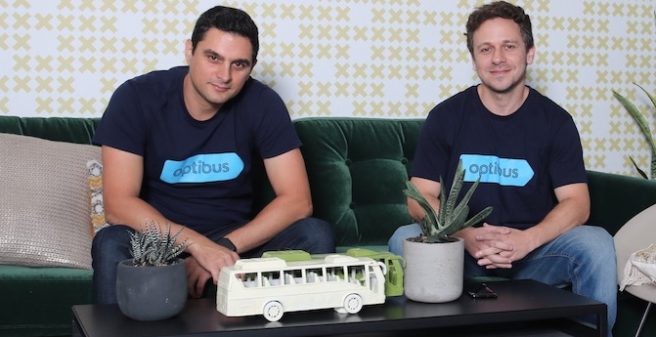
Autonomous vehicles may be the first thing that come to mind when thinking about artificial intelligence in transportation. But the same technology can also be used to optimize public transportation routing and planning in cities around the world, Optibus CEO Amos Haggiag told us in our exclusive interview.
UTM: In your opinion, what are the greatest challenges facing public transportation right now?
Amos Haggiag: Due to the pandemic, passenger numbers slipped by up to 90% in certain cities. While we saw a return to normal levels in some metropolitan areas, passenger numbers in other places still remain very low. Governments face the challenge of limiting public transport in order to keep infection levels low, while maintaining mobility at the same time.
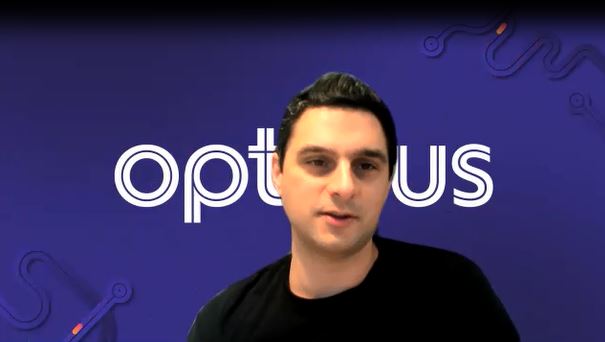
One of the main problem cities have to deal with is evaluating if passengers will come back after being vaccinated, or if they will keep on driving their cars or continue to work from home.
Public transport is only efficient if you transport as many passengers as possible – it is, by definition, a mass transit system. It is not designed well to transport only a few people. If there is no sufficient mass of users, the system won’t work. Government investments in safe and efficient networks are needed in order to incentivise people to use them. Otherwise, we will return to cities with a lot of pollution and traffic jams. Covid has thrown us back a bit. If you would have asked me this question a year ago, my answer would have been much different.
UTM: Are you able to help cities in this crisis?
AH: Definitely. We are a software company which is providing a single platform for public transport operations. Our solution is data-driven and uses Artificial Intelligence (AI) to optimise the planning of routes, stops, timetables, frequencies, number of vehicles in use, driver planning, types of vehicles including electric (EV), diesel, hybrid, and gas, EV charging strategies, and real-time day-to-day operations. Our system then learns from real-world data and feeds the information back into the planning system.
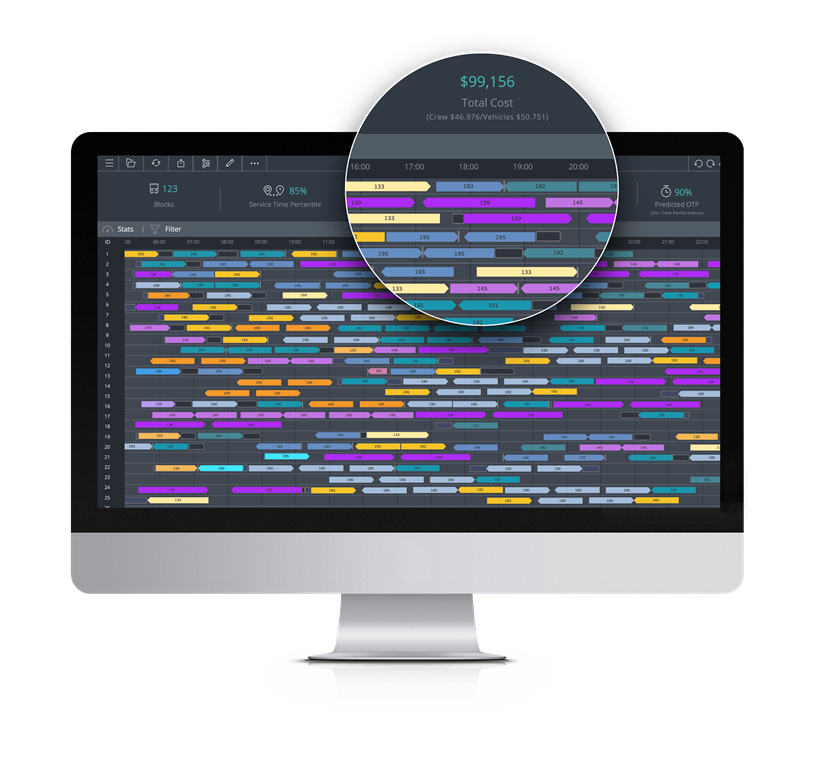
UTM: How does this differ from conventional transport planning?
AH: Transport planning has been around for over one hundred years and is a task which is usually done very manually. We took all of that off the table and developed a much more efficient and intelligent system using transport operators’ existing data. The optimisation engines check what is the best use of budgets and resources depending on decision criteria such as efficiency, operational or economical decision parameters, and takes this into account to offer the best solution.
Now, coming back to Covid-19, the pandemic led to a lot of changes, often implemented rapidly, in public transportation networks. This is an anomaly in the bus transport sector as in many cases, some bus routes may rarely change over decades. Covid changed everything. Suddenly, entire bus routes had to be shut down as schools closed, frequencies had to be adapted, and transport capacities had to be limited.
These changes were rather dramatic in nature. Cities and operators were simply not used to and prepared for such significant changes in such short periods of time – basically, from one day to another.
The need for quick and efficient transport planning systems in the time of Covid is therefore even stronger. Optibus allows users to analyse needs and implement optimisations at a rapid pace.
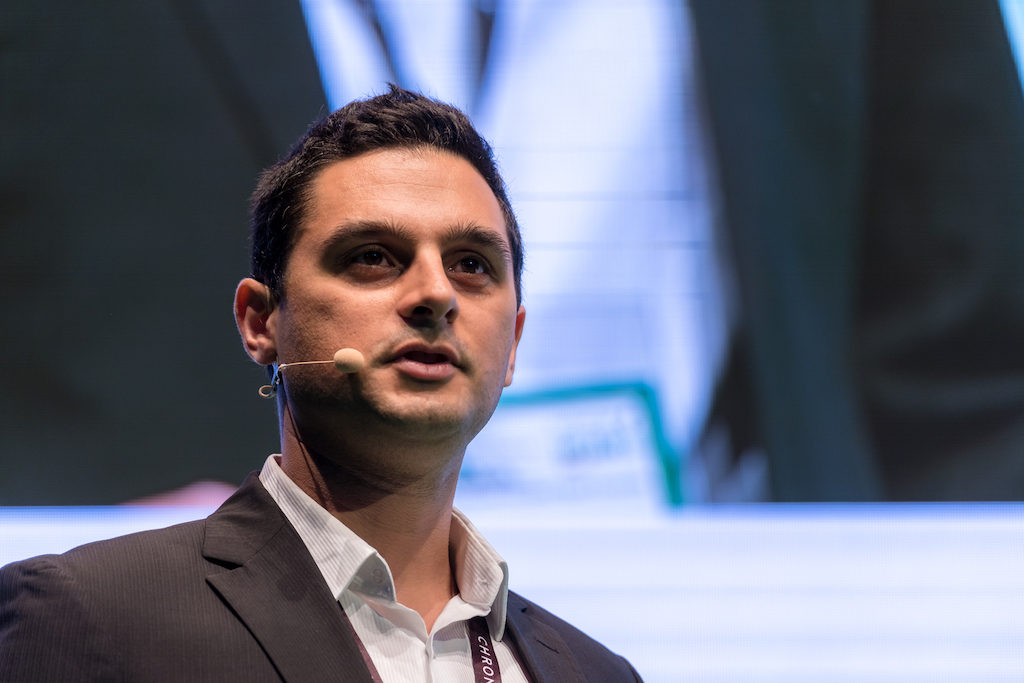
UTM: You recently launched a new product, the Geospatial Suite. How would you describe it to our readers and to people unfamiliar with digital solutions? Is it based on the same platform as all your other features? How does it work?
AH: There is a lot of demographic data that you need to know in order to plan a good public transport system. It is not only about efficiency and financial figures. Traditionally, the main focus has been on the busiest routes in order to increase ridership, but there is much more than just that. It is also about coverage, especially for people with limited income and mobility, for example.
As a result, you need to know and incorporate a lot of geographic and demographic information in order to be able to plan the best routes. Our Geospatial Suite integrates both geographic and demographic elements such as population, income levels, infrastructure data, municipal boundaries, bike-bus connections, and more. Together, this enables a holistic view of transport networks, which is necessary for planning routes and schedules that help passengers get from one point to another in the fastest and most efficient way. Optibus provides this and all of its other offerings on a single cloud-based platform, so everything is accessible from anywhere at any time by all colleagues, and is always up-to-date.
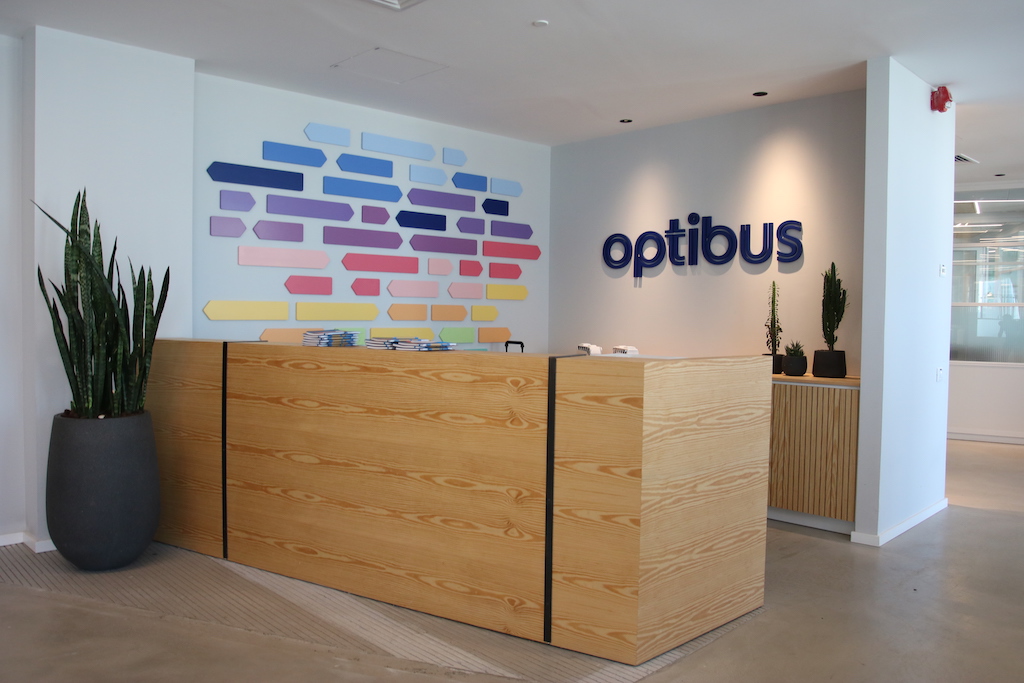
UTM: Does that mean that you are proposing new networks and optimisations to the operators?
AH: The Optibus platform is capable of optimising networks in many ways, such as whole operations, frequency, and even number of buses, especially in light of electric bus operations. However, all of these decisions are not taken by Optibus alone, but by our customers, the cities, transit agencies, and operators. We are not a service company; we are providing the technology and software which is then used by our clients.
UTM: How would you describe Optibus’ algorithms and what is so special about them?
AH: There are two main components of the algorithms. One is understanding the data and making predictions in terms of a transport network’s performance. The second is assuming the best transport network in terms of fleet strategy, operations, and schedules, with all possible parameter variants. The Optibus platform also knows what will be the output for any changes in input data and parameters.
But without Optibus’ algorithms, all these parameters can create a huge optimisation problem for transport providers. Input data can generate billions upon billions of possible options and solutions for schedules and routes, and operators need to determine the best one.
This is especially complicated if you think about big cities like London, where the number of possible and optimal combinations of vehicles, drivers, schedules, and routes is too large to manage manually.
In the optimisation, we do everything using cloud computing, which enables us to run all calculations in parallel. We are using many machines in the cloud to optimise and merge everything into one cohesive solution within minutes in order to offer the best result in terms of schedules and operations. This is something which took many months in the past.
UTM: Is this the first time we see such an optimiser being used in the market?
AH: Definitely. We built almost everything from scratch including the algorithms. My co-founder and I have a background in math and computer science, and we started Optibus by focusing on algorithms as the solution to some of the core obstacles in optimising mass transport.
In computer science, there are problems called non-deterministic polynomial-time hard (NP Hard), which take exponential time to solve because there is no known algorithm that can solve it in polynomial time, or a bounded time frame. These are problems which cannot be solved no matter how many resources you put in. One example is the Travelling Salesman Problem (TSP), which asks the following question: Given a list of cities and the distances between each pair of these cities, what is the shortest possible return route to the city you started from under the precondition that you visit all of the other cities only once? Public transport is a bit similar to this question but much more complex as there are many more routes, infrastructures, vehicles, drivers, and operational options to consider.
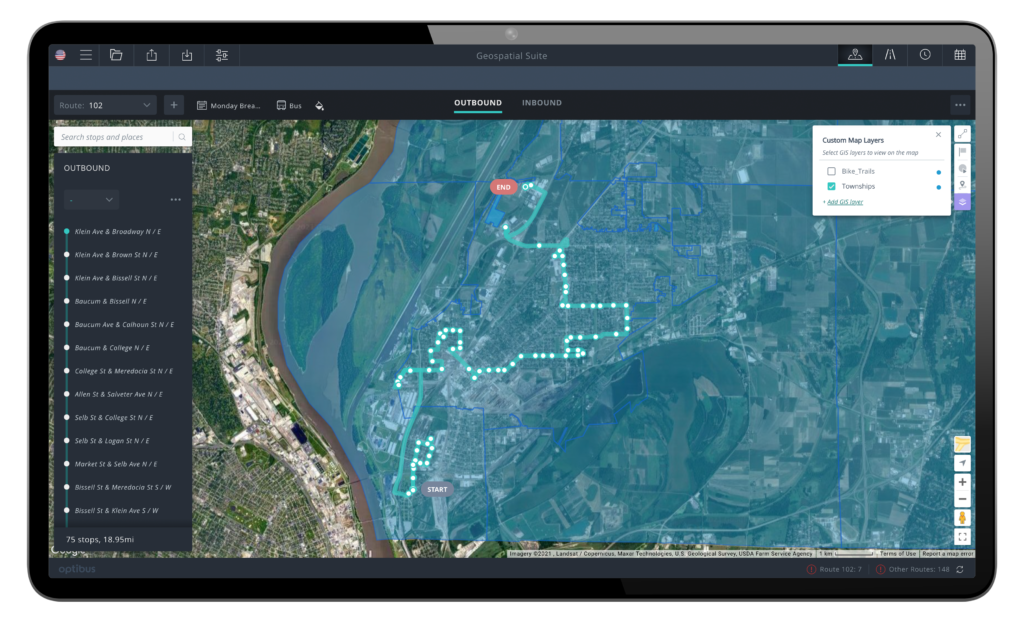
According to the literature and science, this type of problem cannot be resolved in a reasonable time. However, Optibus is able to do so, which is weird, right? The key issue is that we do not solve the generic problem for all applications. Instead, we tackle specific problems with a lot of computing power. It is the first time that this approach is applied in the public transport industry. The problems that are relevant in public transportation are extremely fascinating for everyone who loves maths.
UTM: This is amazing. This certainly opens new possibilities for operators, right?
AH: Yes, there are many exciting things transport operators can do once they have this technology. For example, they could think of optimising network and operations in real-time, even in cases of sudden disturbances, accidents, and overcrowding. In the past, a lot of decisions were handled manually without seeing the big picture. Optibus is able to offer solutions to this dilemma.
UTM: When and how did you establish Optibus? How many employees do you have?
AH: Eitan, my co-founder, and I, started off in 2014, but the general idea behind it is much older. We finished university in 2007, already thinking of how we could solve this puzzle of optimisation. I learned about the actual problem of optimisation from my father, who is the CFO of one of the largest public transport companies in Israel. It took a long time to develop the idea into something that was working well. We started with public transport operators in Israel and then the USA. We then bootstrapped the company while we were still working in other jobs. (Bootstrapping a start-up simply means that you grow your business with little or no venture capital or any other outside investment. It means relying on your own savings and revenues to operate and expand.) In 2014, we decided to build a company out of our idea. We raised money and started. So far, we have raised 160 million USD in total and our latest fundraising round took place at the beginning of March of this year. At the moment, we have approximately 150 employees, but we are growing fast towards 300 in staff next year.
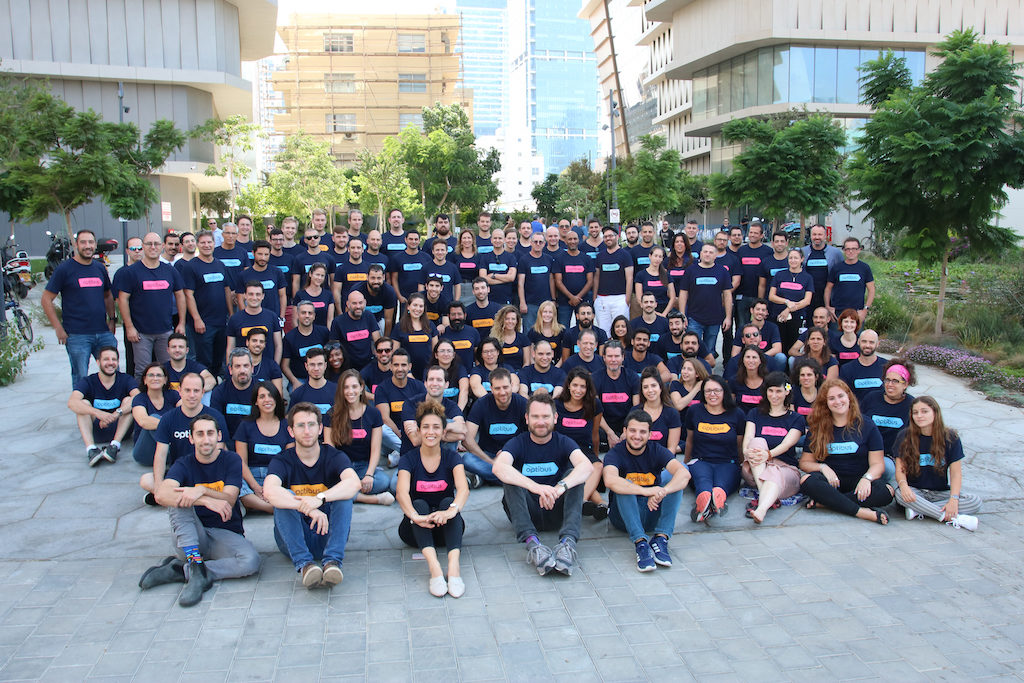
UTM: How difficult was it to raise money for your company?
AH: First of all, it is always difficult to raise money, no matter if it is 1 million or 100 million Dollars. This time, though, I must say it was a little bit faster than in previous financing rounds. On the one hand, many companies are suffering from the Covid-19 pandemic. As a result, there are fewer opportunities in which to invest. On the other hand, Optibus is really doing well, despite the situation. However, it is always a challenge and requires 100% of our time and dedication.
UTM: How did Optibus grow and what are your growth plans in terms of technology and market coverage?
AH: We have offices in four continents and clients in over 450 cities in 22 countries all over Europe, Asia and the South Pacific, Latin America, and North America. This includes German cities, such as Berlin, Ludwigsburg, Kornwestheim, and Asperg, large metropolitans including Lisbon, Madrid, Los Angeles, Las Vegas, Melbourne, and Hong Kong, and even small towns.
I am happy to say that all our clients use the same cloud-based software featuring translation and localization for alle languages and regulations. Of course, there is always a need for the customisation of different protocols, interfaces, and procedures. Our clients can get any data from Optibus thanks to an open API [Application Programming Interface]. We decided to be completely open and transparent. This also means that our team can integrate Optibus quite easily with any other software out there. We always support and take into account local requirements, regulations, protocols and reporting needs.
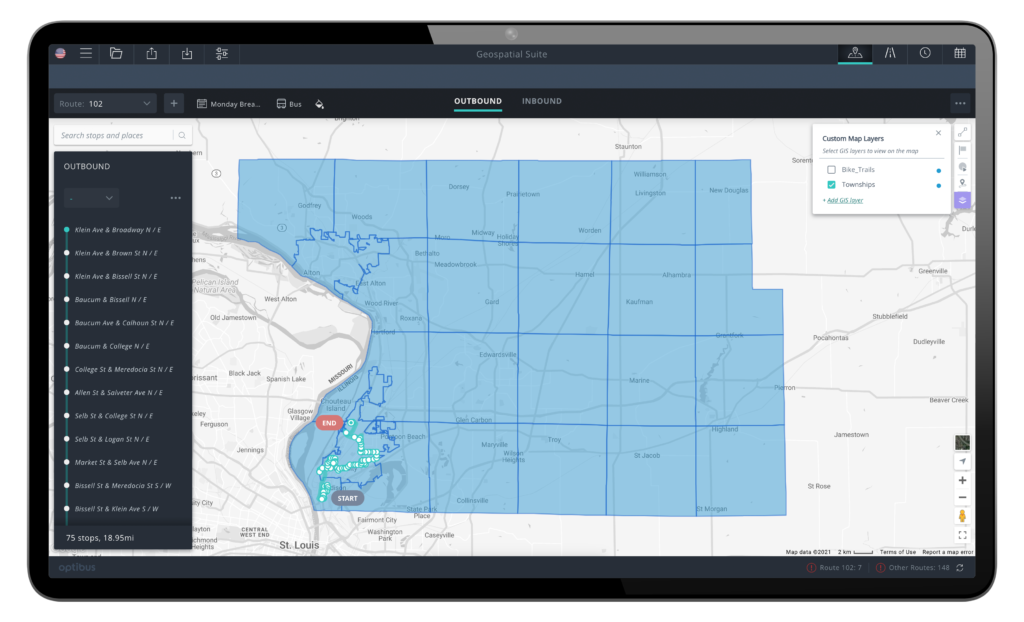
In every region in which we operate, we also have dedicated support staff on the ground who speak the respective native languages.
We plan to expand further in Africa, Asia, and Latin America, and we also intend to further penetrate the markets in North America and Europe. We recently won our first client in Cape Town, South Africa.
UTM: In early March, Optibus announced that $107 million USD in funding was raised. What will you do with it and what time frame do you have in mind?
AH: One strategic pillar for us is expansion. We are hiring many people in all regions around the globe in order to grow further and to guarantee that we are always the leaders in helping to plan and optimise public transport all over the world. The second key element in our strategy is product development. We are working on new products and algorithms in order to add more capabilities, features, functions, and options, mainly around real-time capabilities and algorithms. In general, we invest a lot in optimisation algorithms, machine learning, and predictions. We will announce those developments when they are ready.
UTM: Do you plan further financing rounds?
AH: As we grow further, we might. We also do not exclude the option of an IPO one day. There are many options as to how to finance the company in the future, and an IPO could be very interesting for a company such as Optibus, which is operating in smart and sustainable transportation. However, we don’t expect to announce this in the near future.
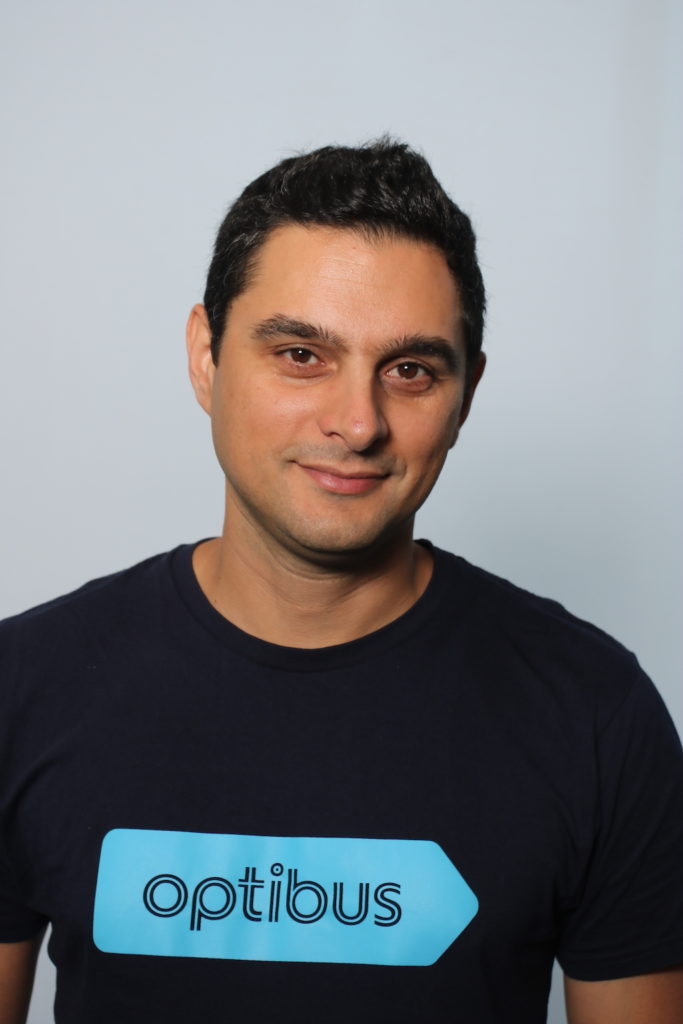
UTM: Your company does include the name “bus”, but are your algorithms also capable of optimising rail-based transportation issues?
AH: At the end of the day bus and railway systems work very similarly, just that there are different constraints in the case of rail-based applications. We are doing all kinds of transportation, only with the exception of taxis. We have a broad variety of clients with varying application needs, including large-scale companies in the Silicon Valley, universities, airports, construction sites, nuclear construction sites, mining companies, you name it. Transportation is a big industry which reaches far beyond the typical bus or tram operations.
UTM: Do transport planners use Optibus as well?
AH: Of course. Consultants and city and government transportation departments are also using our platform. If both the planning and the operating departments are using the same system, it is actually very advantageous to use Optibus, as transport planning becomes more integrated and all partners share the same picture of the issues at hand.
UTM: Amos, many thanks for this interview.
15.04.2021
